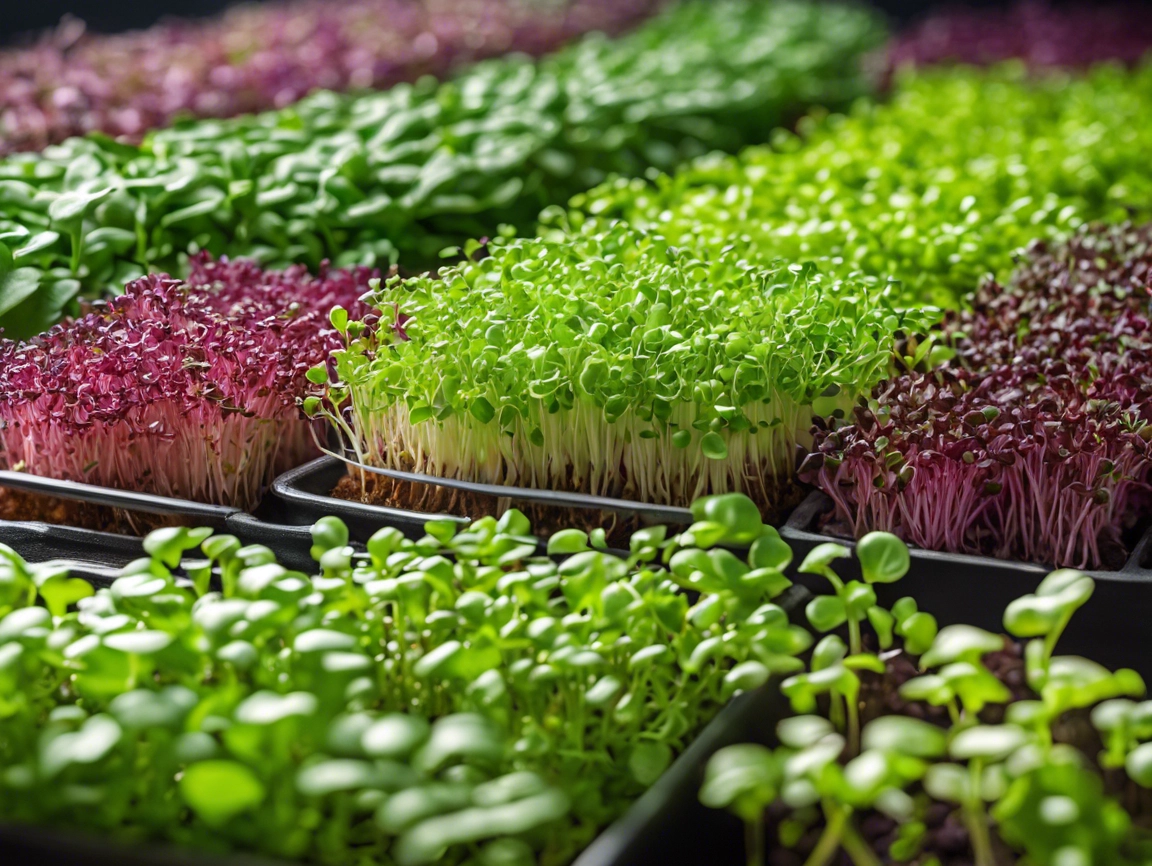pomelo fruit varient|pomelo fruit nutrients value|
Pomelo fruit(Citrus maxima), also known as pummelo, is a large citrus fruit native to Southeast Asia. It can be quite large, often weighing between 2 to 4 pounds (0.9 to 1.8 kg) or more. They have a thick, green or yellow skin and can be round or pear-shaped. The flavor of pomelo is mild and sweet, less acidic than grapefruit. The flesh can be pale yellow, pink, or red, and the texture is similar to that of a grapefruit, albeit less bitter. Inside the fruit, pomelo is divided into segments that are encased in a thick, spongy, white pith. “Eating well doesn’t have to be complicated; simple ingredients often lead to the greatest flavors.” In our article you can find most of your queries .Hope your search ends here. pomelo fruit variants: Pomelo fruit, the largest citrus fruit, comes in various types, distinguished by their size, color, flavor, and region of cultivation. Here are some notable types of pomelo: Pomelo fruit is a nutritious fruit, rich in vitamins and minerals: Vitamins: Pomelo is high in vitamin C, which supports the immune system, and contains small amounts of B vitamins.Minerals: Pomelo Contains potassium, which is beneficial for heart health and regulating blood pressure.Fiber: Pomelo is a good source of dietary fiber, aiding digestion. Health benifit of pomelo fruit: Pomelo is a nutritious fruit, rich in vitamins and minerals. Here are some ways pomelo may be beneficial: Enhances Mood: Some studies suggest that citrus fruits like pomelo can have a positive impact on mood due to their aroma and nutrient profile. How many pomelo fruits may be consumed The amount of pomelo fruit one can consume per day or week depends on individual dietary needs, preferences, and any underlying health conditions. However, here are some general guidelines: Daily Intake: Eating about half to one whole pomelo per day is generally considered reasonable for most people. This amount allows you to enjoy the fruit’s nutritional benefits without overloading on sugars and calories. Weekly Intake: Consuming about three to five pomelos per week can be a healthy choice if you enjoy the taste and digest it well. comparing pomelo with orange: Pomelo and orange are both citrus fruits, but they differ in several key aspects such as size, taste, nutritional content, and culinary uses. Here’s a detailed comparison between the two: Size and Appearance Pomelo: Taste Pomelo: Orange: Nutritional Content (per 100 grams) While nutritional values can vary based on ripeness and variety, here’s a general comparison: PomeloCalories: Approximately 38Carbohydrates: 9.6 gramsFiber1.4 gramsSugars: 7 gramsVitamin C: About 61 mg (over 100% of daily value)Potassium: About 216 mg OrangeCalories: Approximately 47Carbohydrates: 11.8 gramsFiber: 2.4 gramsSugars: 9.4 gramsVitamin C: About 53.2 mg (around 90% of daily value)Potassium: About 181 mg Health Benefits Pomelo: Orange: Culinary Uses Pomelo: Orange: ConclusionBoth pomelo and orange offer unique flavors and nutritional benefits. Your choice may depend on personal taste preferences, culinary applications, or specific health goals. Pomelo may be favored for its less acidic taste and larger slices, while oranges are widely loved for their sweetness and juiciness. Each fruit can play a valuable role in a balanced diet! People who recommended most to take pomelo fruit: Pomelo is a nutritious fruit that can be enjoyed by a wide range of people, though there are some considerations to keep in mind. Here’s an overview of who can consume pomelo: Adults and Children: Pomelo is safe and healthy for most adults and children. It is rich in vitamin C, fiber, antioxidants, and other beneficial nutrients. Considerations: Conclusion: Overall, pomelo is a healthy fruit choice for many people, provided there are no allergies or interactions with medications. As always, it’s best to consult a healthcare professional if you have specific health concerns or dietary needs. Growing and Harvesting of promelo fruit: here is some short information is provided-Cultivation: Pomelos thrive in tropical and subtropical climates. They require warm temperatures, full sunlight, and well-draining soil.Harvesting: They typically require a long growing season (up to 5-6 months after flowering) and are usually harvested when fully ripe. Storage Pomelos can be stored at room temperature for several weeks. Once cut, they should be refrigerated and consumed within a few days for best quality. recipe that we can make with pomelo fruit: Pomelo is a versatile fruit that can be enjoyed in various dishes, from salads to desserts. Here’s a refreshing and simple recipe for a Pomelo Salad that highlights its sweet and tangy flavor: Pomelo Salad Recipe Ingredients: -1 large pomelo (about 2 cups of segmented flesh)-1 cup cooked shrimp or chicken (optional, for added protein)-1/2 cup red bell pepper, thinly sliced-1/2 cup cucumber, thinly sliced or julienned-1/4 cup red onion, thinly sliced-1/4 cup fresh mint leaves, roughly chopped -1/4 cup fresh cilantro, roughly chopped -1/4 cup roasted peanuts (optional, for crunch) Dressing: Instructions: Tips: This pomelo salad is light, flavorful, and perfect for warm days or as a complement to grilled meats. Enjoy! Pomelo fruit is a versatile and nutritious fruit cherished for its unique flavor and health .When incorporating pomelo into your diet, you can enjoy it raw, in salads, or as part of smoothies. While pomelo can contribute to a healthy diet, it is not a cure for any disease. It may support overall health and wellness, serving as part of a balanced diet, but should not replace medical treatment or care. If you’re considering using dietary changes for managing specific health conditions, it’s best to consult with a healthcare professional.

